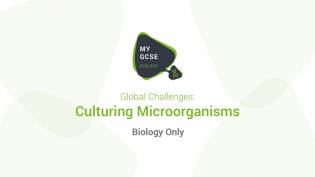
Although the use of aseptic techniques is required for those taking Biology triple, all students are expected to know how to ‘investigate the effectiveness of antimicrobial agents on bacterial growth’. This is practical activity 7 for Biology, and practical activity 5 for Combined students. To culture bacteria to carry out this practical activity, aseptic techniques need to be used. For this reason this video is available for combined students as well as Biology triple students. It is worth watching this video alongside the ‘preventing and treating communicable diseases’ video in the run up to the exams.

This video covers the concept of osmosis which underpins many biological processes. It will synoptically link to ‘organism-level systems’ video on controlling water and it covers one of the suggested practical activities on ‘transport in and out of cells’. One important maths skill is also covered which is to calculate percentage changes.
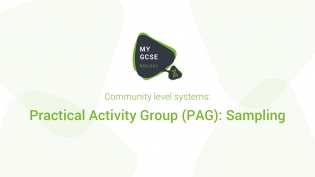
This video specifically focus’ on the practical activity B3 in Biology or the practical activity B2 in Combined Science; ‘Investigating the differences in habitats using ecological sampling techniques.’
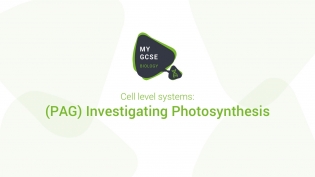
This video covers the practical activity groups, Biology PAG 5, and the Combined Science PAG 4 on ‘Photosynthesis’. It also refers to the higher tier maths skills of understanding the inverse square law.
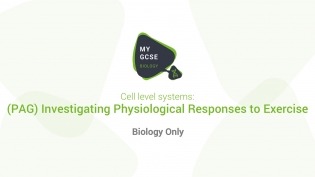
This Biology Triple students only video focus’ on PAG B6 ‘Physiology, responses, respiration’. This focus’ on using pulse as a measure of fitness, rather than using a spirometer as this is equipment is not always readily available.
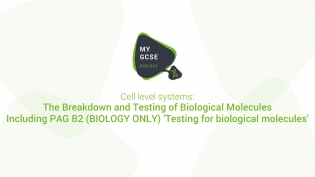
This video describes how enzymes are used to digest proteins, carbohydrates and lipids in the body. The monomers are then used in either respiration or building new molecules. Part of this video covers the practical activity on how to test for protein, starch, sugars and lipids in food, focusing on the chemical used and the colour changes that indicate a positive result. All students may actually do this experiment in class, however, this experiment is only specifically for Biology Triple students, so there is a chance that a related question may appear in the Biology only papers.
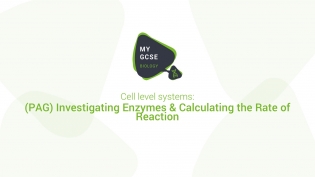
The main focus of this video is on one of the practical activity group suggested investigations. For those studying Combined Science the PAG number is B3. For those studing the Triple Biology GCSE, the PAG number is B4. Essentially it is the same investigation. It also covers a key maths skill in calculating the rate of a reaction.
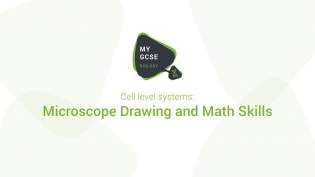
This video should be viewed in conjunction with the ‘Microscopes and Magnification’ video, where possible, as it details how to draw scientific high and low plan drawings from specimens viewed under a microscope. It also explains how to calculate cell sizes. All of these skills feature in the practical activity on Microscopes.